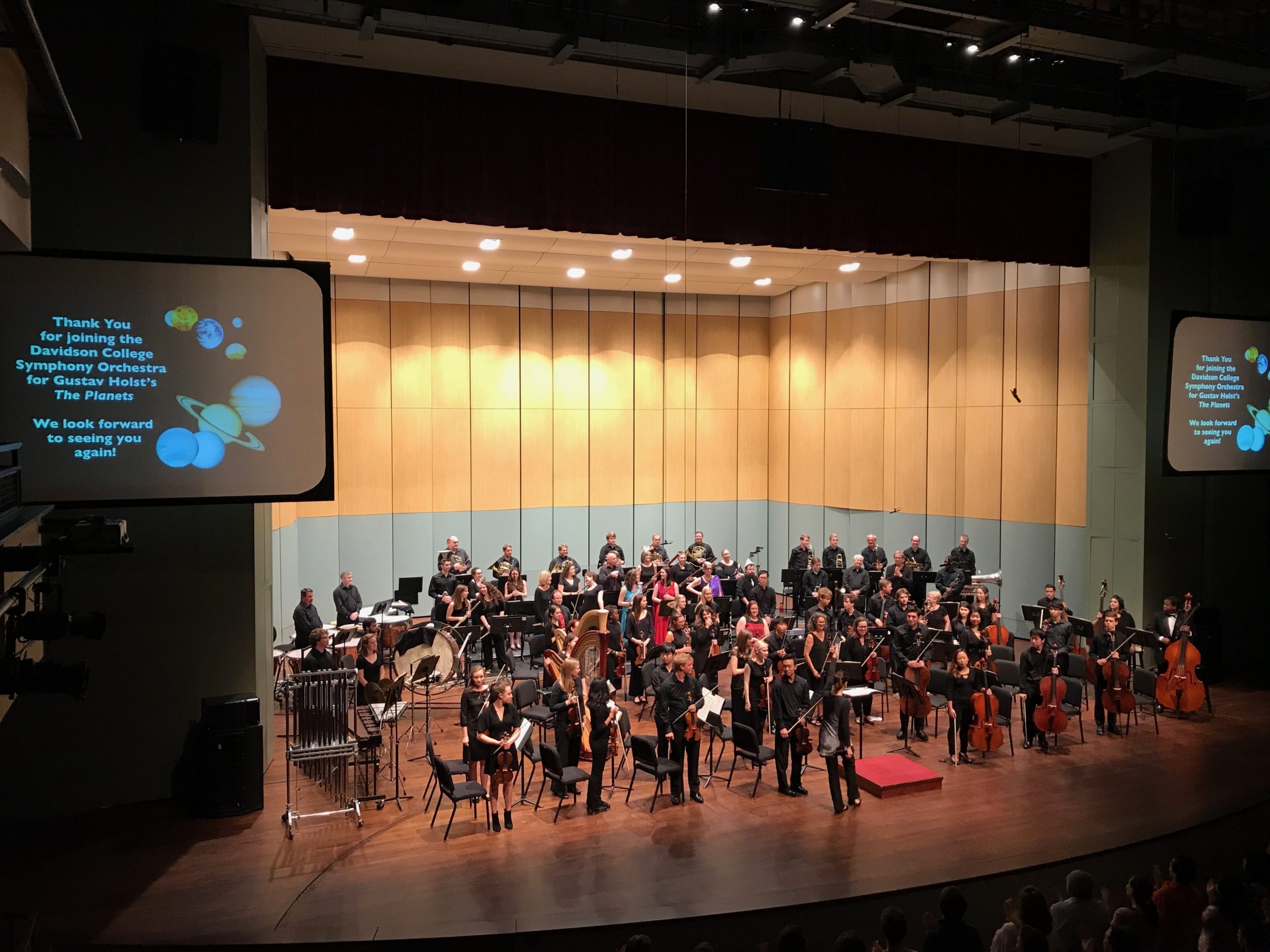Non-verbal Communication in Orchestra Forms Communities
Last semester I read a piece by Daniel Neuman, about how a performer becomes successful in India. Neuman describes the elements needed to become a performer in India, “(1) one’s will or discipline, (2) one’s teacher or perhaps – more properly – one’s guide, and (3) one’s spiritual status or divine intercession or grace,” (Neuman 30). While this does not immediately seem to relate to how an orchestra can be successful, I have identified that they share many similarities, specifically the performer’s will to work and the guidance of an instructor. The orchestra is not dependent on the “spiritual status or divine intercession of grace,” but I found it interesting that musical success across the world and in different forms of musical performance share many similarities (Neuman 30).
I have been a part of orchestras since I was 10 years old and in each one there has been a strong sense of community, but I had never stopped to question why this community was developed. There are many reasons why there is a strong sense of community in orchestras, the main being that we spend many hours a week together. This class has made me continue thinking about orchestra and how it is successful, and I have now realized that the community formed through means of nonverbal communication plays a large role in success. What I find fascinating is that normally in our society, communities are formed through verbal communication, but in the orchestra verbal communication is rare while the main form of communication is through the body language of the conductor and the ensemble.
Dr. Keith, the conductor of the orchestra, is the facilitator of communication in the orchestra. Communication in the orchestra is through what Dr. Keith has described to me as “electrical threads” which she holds. Communication between threads happens nonverbally seen in subtle movements like shifting weight to the rhythm and accents of a piece. These small movements are how members within the ensemble stay with each other during a piece. Dr. Keith facilitates this nonverbal communication between members with her conducting. Her conducting prompts the ensemble with a tempo and key signature, providing the basics for rhythm. The orchestra then continues to communicate by listening to the other instruments and using body language to stay in sync. This communication makes the orchestra a unique community because our bond is not through speaking to each other to communicate. As a matter of fact, we rarely speak to each other in orchestra aside from before and after rehearsal starts. The rest of the communication is through our bodies and instruments and through this communication we form a community of shared interest and goals.
Works Cited
Neuman, Daniel M. “Becoming a Musician.” The Life of Music in North India: The Organization of an Artistic Tradition. Chicago and London: U of Chicago, 1990. 30-58. Print.
